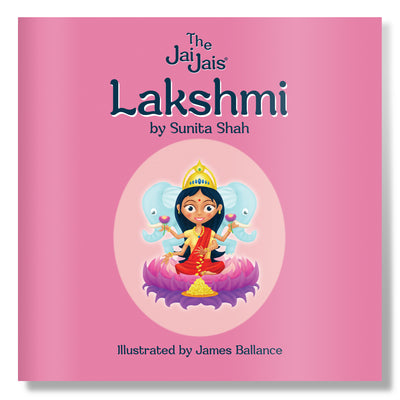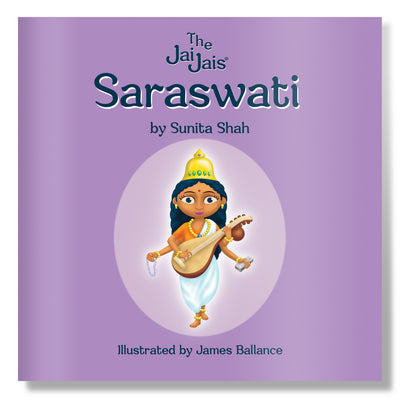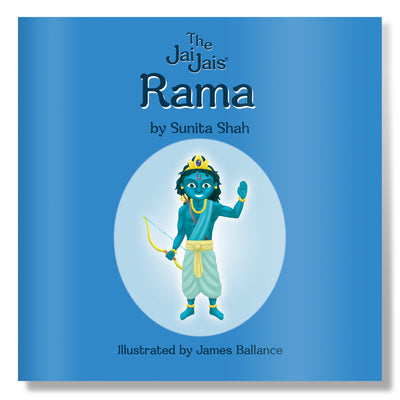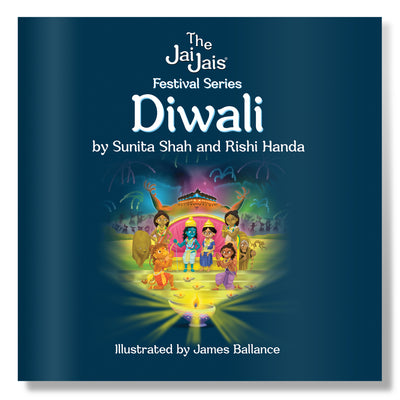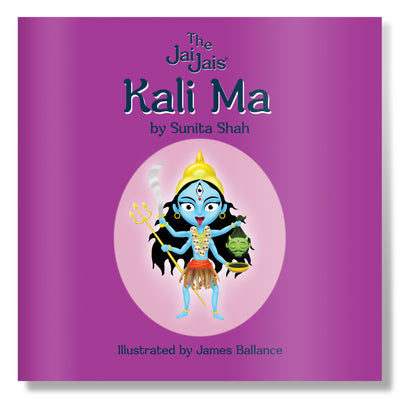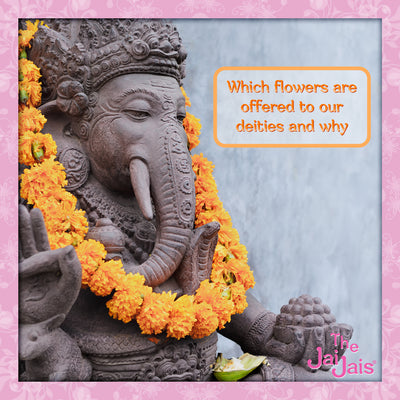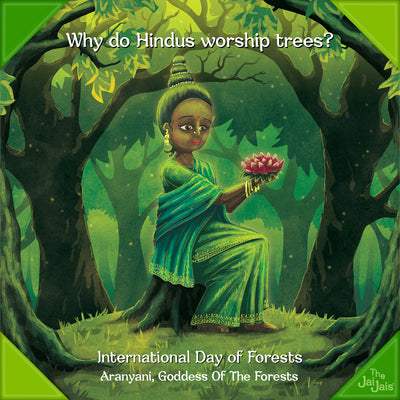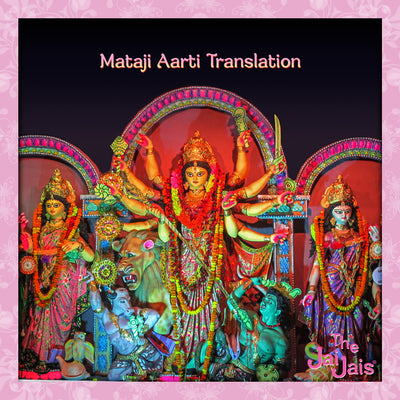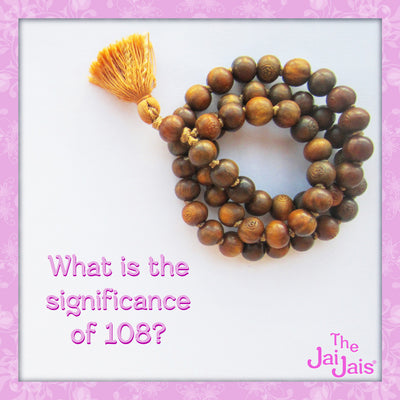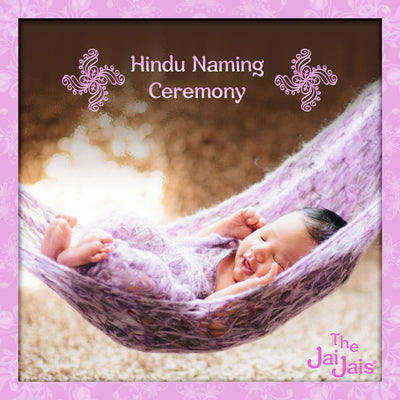Aarti is one of the most important and popular rituals of the Hindu faith. Aarti has been performed since the Vedic period. It is a ceremony performed in greeting and thanksgiving of the deities, where devotees are reminded of God’s presence. In Sanskrit, the word ‘arti’ is composed of ‘aa’, meaning complete, and ‘rati’, meaning love. The Aarti is an expression of one’s complete love towards God. It is sung and performed with a deep sense of adoration, and meditative awareness.
Aarti is a part of worship in which fire is lit or diya or using camphor pieces. Circling the lamp in a clockwise direction while reciting prayer. This is offered to the deities that are worshiped. It is also believed that Aarti was performed in the past to illuminate a deity in a sanctum so that devotees could have a darshan (viewing) of their god.
According to our ancient scriptures, the images, shrines and statues of the old holy temples have a sacred aura surrounding them. Agni Puran advises the use of ghee or clarified butter in the Aarti of a deity. On the other hand, we perform the Aarti of individuals using oil. Cow ghee, obtained from cows milk, is considered one of the purest forms in the Hindu culture. When we burn ghee, it emits positive vibrations into the atmosphere. These vibrations help magnify the aura of such holy temples. The enhanced aura results in enhancing the positivity in the surroundings, and as a result, the devotees present in these temples experience and attain peace and calmness in their thoughts and actions.
At the end of the Aarti, we place our hands over the flame and then touch our eyes and the top of the head. It means, ‘may the light that illuminated the deity light up my vision; may my vision be divine and my thoughts noble and beautiful’.

